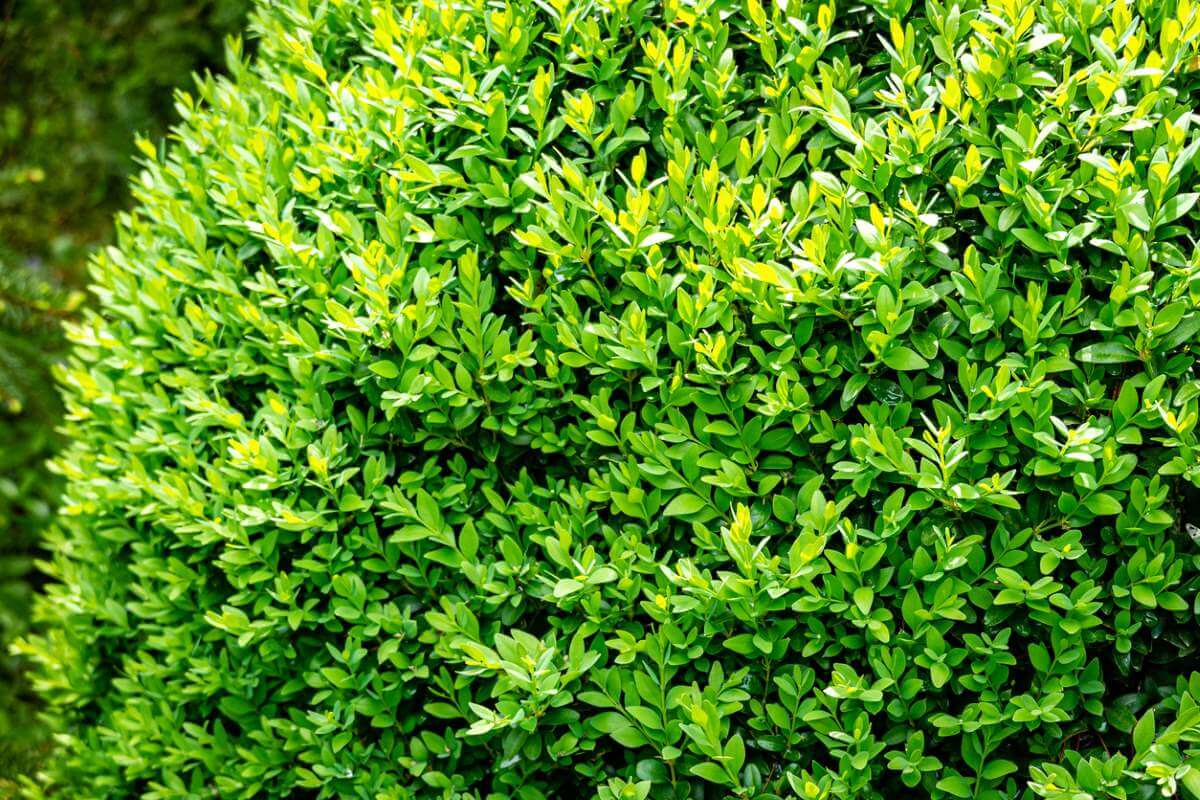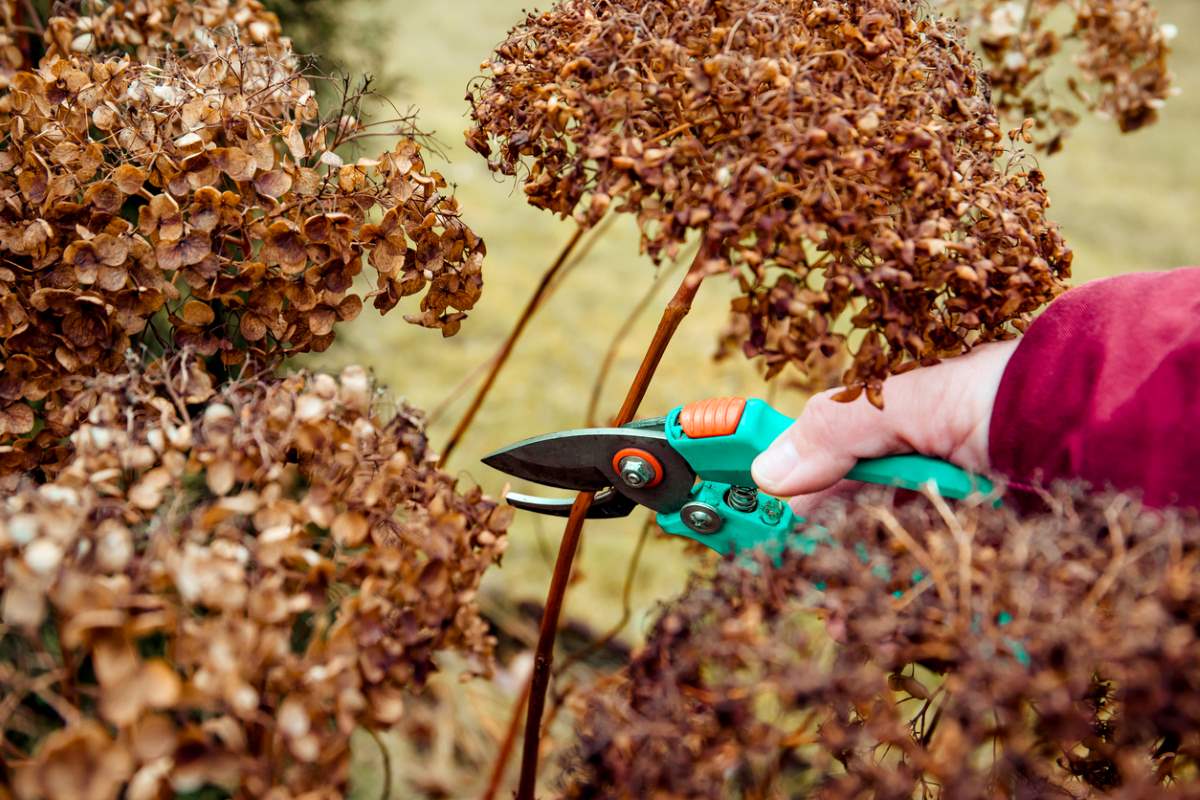Spring flowering plants
Pruning carried out in winter will not be fatal for the plant, but it will compromise flowering or even fruiting until the following season. This is because shrubs that flower in spring, like those listed below, do so on the previous year’s growth. Pruning must therefore be carried out at the end of flowering, because pruning in winter would remove flower-bearing branches.
Here are some of the trees affected:
- the Japanese quince tree;
- deutzia;
- forsythia;
- the flowering gooseberry;
- the Lilac ;
- the Mexican orange tree;
- the mock syrup;
- the Judas tree;
- the snowball viburnum;
- weigelia;
- jasmine.
Decorative plants in winter
There are different types of plants that remain decorative even in winter. It is therefore important to preserve them to benefit from them throughout the winter.
Evergreen plants

Very often, the plants with evergreen foliage do not require pruning with the exception of those planted as hedges which must then be pruned in autumn or spring. In addition, don’t forget that these plants are a real refuge for all auxiliaries, as well as for birds. However, you can still remove dead or misdirected branches at the end of winter.
Here are some of the plants affected:
- abelia;
- boxwood;
- Laurel ;
- the evergreen eleagnus;
- photinia;
- conifers such as thuja, cypress, etc.
Winter flowering plants
Some plants benefit from winter flowering and will only need to be pruned after they have flowered.
Here are some examples of these plants:
- the camellia;
- the laurel tin;
- mahonia;
- the mimosa.
Plants with decorative fruits
Shrubs and shrubs that bear decorative fruit should be left as is until the end of winter. You can then settle for a small pruning to remove dead wood and restore the desired shape to the shrub. This way, the birds will have something to eat throughout the winter and your garden will be beautified by the colors of these small fruits.
This is the case for the following plants, among others:
- aucuba;
- shrubs of the Callicarpa genus;
- the cottoneaster;
- charcoal;
- Holly ;
- Ivy.
Plants with decorative branches
In winter, certain shrubs draw all their beauty from their colorful branches. To bring an aesthetic touch to your garden throughout the bad season, it is therefore important not to prune them during this period. On the other hand, at the beginning of spring, you can cut them back more severely. This will allow you to benefit from a greater number of young shoots which are much more colorful than the older branches.
Among these trees or shrubs, we can cite:
- dogwood;
- the pollard-cut willows;
- the pheasant tree.
The twisted hazel tree has aesthetic branches whose pruning is not really necessary, but, if necessary, avoid pruning it in winter.
Hydrangeas

If you do not prune your hydrangea and allow its flowers to dry on the plant, you gain two significant advantages: on the one hand the aesthetic and decorative effect is guaranteed throughout the winter, and on the other hand, these faded flowers will protect the buds possible late frosts.
Grasses
It is best to wait until early spring to cut back clumps of deciduous grass. This will allow you to enjoy these decorative ears all winter long. But this way of proceeding has other advantages: the tuft left in place will allow to shelter a certain number of insects and she will protect the stump from frost.
Plants sensitive to frost
Some plants are sensitive to frost and will need all their energy to fight against the rigors of winter. The injuries caused by pruning and excess sap risk making these already fragile plants even more fragile. You must therefore wait until April to prune them.
These include, among others, the following plants:
- the persistent ceanothus;
- oleander;
- olive Tree ;
- escallonia.
Stone fruit trees
Trees that bear stone fruits, such as cherry, plum, apricot, etc., should not be pruned in winter. The same goes for actinidia, the tree that bears kiwis. If you make the mistake of pruning these trees in winter, you run the risk of depriving yourself of a good harvest of fruit in the summer.
Plants to prune in winter
Some plants and shrubs can be pruned in winter between November and mid-March to encourage fruiting. Here are some examples:
- Pome trees : If you have not already realized how to prune your trees that bear pome fruits, such as apple and pear trees, there is still time to do so in winter.
- Vine : the vine is a plant that “bleeds” when it is pruned outside its vegetative rest period, which weakens the plant. It is therefore important to prioritize pruning in winter, while the plant is dormant. The same goes for fig trees and birches.
- raspberry bush : if you have fall-fruiting raspberry bushes, in winter, you can cut all the stems of the raspberry bushes 5 cm from the ground to take advantage of new stems which can bear fruit the following fall.
- Wisteria : it can be pruned in December and in summer.

